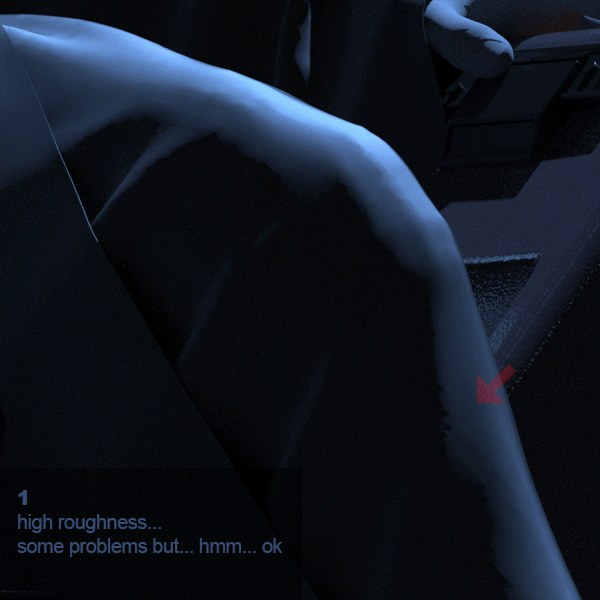Yeah, it does really looks that mesh that you've got there is pretty low-res, but also feels like normals could be smoothed-out. for instance, in Maya, we have quite a number of tools to work with normals, which definitely helps to mimic the "ideal" surface .. which sometimes different from the one that we have (very handy for a low-poly workflow)
Also, keep in mind that Maxwell render work much better when normal map (texture itself) is higher than 8bit .. so go for 16 bit at least.
Check out the comparison here:
Darth_Sidious_normal_map_comparison.jpg
on the right image I've used a 8bit normal map (exported from Substance painter) .. might not look too obvious due to grungy look but you can really see the rectangular glitch thingy there.
on the left image I've exported same normal map but in 16bit depth.
Everything is the same - only normal map changed.
Hope it helps

Cheers,
Tim.


